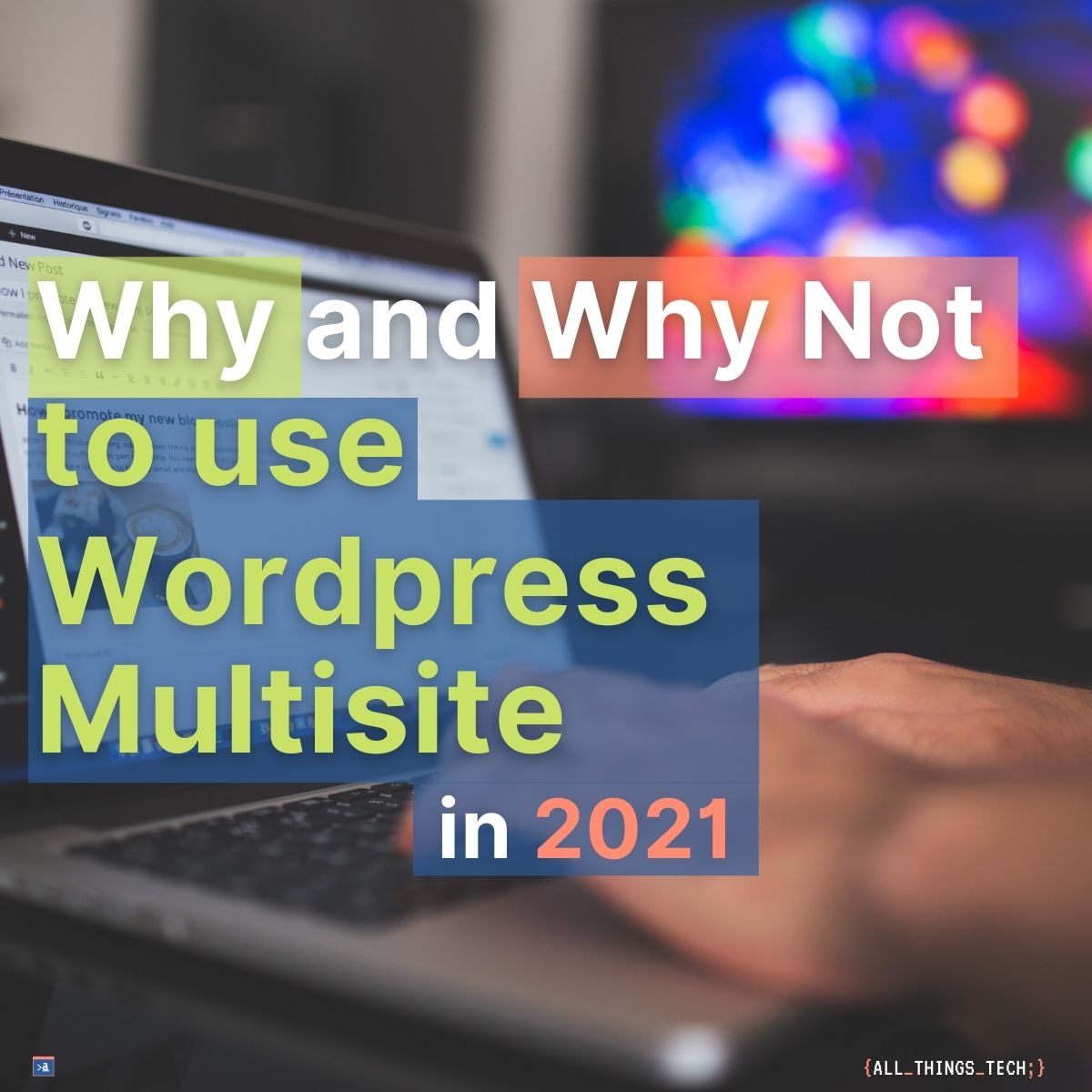What is WordPress Multisite?
WordPress Multisite used to be only available via third party plugins but has been made available in the WordPress Core installation a while ago. It is a built in feature that allows you to create multiple websites in one wordpress installation. WordPress Multisite is a bit different from the regular WordPress.
WP Multisite has two user types, the Super Admin and the Sub Administrator. A Sub Administrator is like a regular WordPress user, but has additional permissions. The Sub Admin has access to one specific site in a WordPress Multisite installation (also called site administrators), but the Super Administrator has full and unlimited access to the main installation and all sites.
You can have multiple site admins for your different sites and also more than one super admin for the entire WordPress multisite network.
Regular users can belong to multiple sites or just one site.
The WordPress Multisite network shares the same user base and the same database, but the sites are kept in separate database tables and it is possible to migrate a site out of a network.
Why use WordPress Multisite?
The most common use of WordPress Multisite is for managing a network of websites.
Usually when people use a WordPress multisite installation, they want to achieve administration benefits by having all their similar sites under one roof with central updates and central management. A very popular and web scale example for WordPress Multisite is wordpress.org itself, offering a place where users can have their own WordPress installation, without the troubles of managing a server or their own WordPress hosting. This appeals to users who are less tech-savvy and want to get started right away.
There are many benefits of using a WordPress Multisite install, but also some disadvantages. Let’s take a closer look:

Benefits of a WordPress Multisite Setup (Pros)
• Update the WordPress core and plugins on every sub site in a single go and with a single click on the central multisite “network admin” dashboard, which is the admin area. No need to install the plugins manually on each site.
• Get a new theme downloaded and automatically applied everywhere with a single click if you like
• Control every blog in a single go: There is a network admin dashboard for your whole multisite network and from there you have a bird’s eye view of all your blogs. It is possible to add, delete, update, manage sites and users, access stats, advanced options, and so on, with a single click.
• Solve technical issues on all your sites in one shot: Every site is part of the same WordPress installation, so when you want to fix something under the hood, you fix it, not just in one site, but in all your sites.
• It is indeed possible to activate a plugin just for one sub site or network enable it to be active on all sites on the network.

Disadvantages of a WordPress Multisite Setup (Cons)
- You can’t have absolute freedom on your admin panels, because you are sharing the same backend with other stakeholders and they may have different needs than yours. If you are using the multisite installation just for your own sites, this should not be much of an issue because you probably use the same plugins for performance (caching), SEO, analytics on all your sites anyways.
- You are sharing the same backend with the user roles. If you decide a new user role, your other sites can have it too. This may be problematic because maybe your colleague has a different definition of a user role than you and the permissions are not exactly what you need. You can modify the permissions, but you will be doing the same on your other sites.
- You are sharing the server load with the entire network of sites. Depending on how many users your blogs have, this may produce some overhead.
- If you enable multisite on a blog, you cannot update the plugins and themes independently. The same version of a plugin applies to all the sites.
- If you need to update the database structure, you have to reinstall the network, not just one site.
- Some plugins that were intended for use with a single WordPress site won’t work in a multi site network. If these plugins need to be installed, test them in a sandbox site first. If they need modification, don’t hesitate to modify or contact the developer and test again. Armed with the information that these plugins work with your network, you can install it on the production server. Most plugins state if they are compatible with multisite and you should definitely watch this part when selecting a new plugin.
- You might face a problem if your hosting plans can’t handle the additional load that might result from using multiple WordPress installations, especially if you have many users uploading media.
- You might experience problems with the data transfer limit, depending on your hosting. You can resolve this by installing a CDN network, which is not expensive, but it is something that should be taken into account.
- If you have a data breach from a hacker attack on your server, possibly your whole network of sites sites will be affected and not just your main site.
Should I use WordPress Multisite?
Here is a checklist to find out if a WordPress Multisite installation is right for you:
Don’t use WordPress Multisite if you…
- run different sites that are completely different in terms of themes and plugins
- run sites for your clients or customers
- expect very high traffic for one of the sites and just little traffic for all others
- want different levels of support for every website (it might be more expensive to have a big premium plan for all sites instead of just one for your main site and a cheaper one for the others)
- want to control the versions of plugins independently on the sites
- don’t have time to worry about all this stuff
Choose a WordPress Multisite install if you…
- have many sites that use mostly similar plugins
- don’t plan to sell a site in the near future
- don’t plan to grow the network into over 50 sites
- don’t plan to allow users to create new sites
- don’t plan to enable other people to install new themes and plugins (all plugins and themes have to be installed by the network admin first, to make them available to sub admins
Conclusion
WordPress Multisite is a great feature that helps you to make it easier to create and run multiple websites. However, it’s not a one size fits all solution and it needs careful consideration before you implement it, so make sure you understand the idea behind it, check compatibility for your organizations, use cases and plugin compatibility and always test in a sandbox before changing your production environment.
Want to try WP Multisite?
We are currently working on a step by step installation and configuration guide that you can use to securely migrate a single site to use multisite or create a brand new WordPress multisite network.
Have WP Multisite running and want to remove a site from it?
We have created an easy step by step guide just for you right here: How to Migrate a WordPress Multisite Subsite to a Single Site in 15 Minutes

